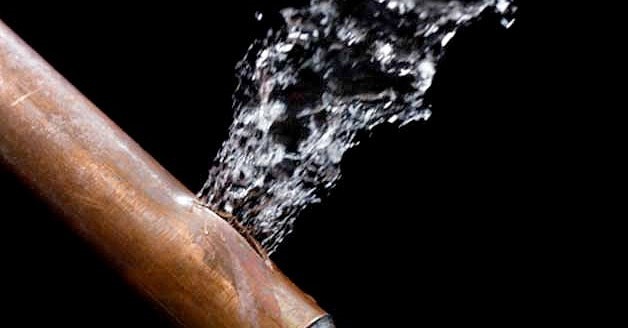6 Ways to Discover Concealed Water Leaks in Your Home
6 Ways to Discover Concealed Water Leaks in Your Home
Blog Article
They are making a few good pointers on Hacks to detect leaks in general in this content followed below.

Early discovery of dripping water lines can mitigate a possible catastrophe. Aside from conserving you money, it will certainly lessen the stress and frustration. The minute you locate a leakage, calling your plumber for repair work is the very best service. Some tiny water leaks may not be noticeable. Right here are some hacks that assist if you can not find it with your nude eyes.
1. Examine the Water Meter
Examining it is a proven means that aids you find leaks. If it moves, that indicates a fast-moving leakage. This indicates you might have a slow-moving leak that can even be underground.
2. Check Water Consumption
If you spot abrupt changes, regardless of your usage being the very same, it implies that you have leaks in your plumbing system. An unexpected spike in your costs indicates a fast-moving leak.
At the same time, a steady boost every month, despite the exact same behaviors, shows you have a sluggish leak that's also slowly rising. Call a plumber to completely examine your residential property, specifically if you feel a warm area on your flooring with piping beneath.
3. Do a Food Coloring Test
30% comes from bathrooms when it comes to water usage. Test to see if they are running correctly. Drop specks of food color in the tank and wait 10 mins. If the shade in some way infiltrates your bowl during that time without flushing, there's a leakage in between the storage tank and dish.
4. Asses Exterior Lines
Do not fail to remember to check your exterior water lines as well. Needs to water seep out of the link, you have a loosened rubber gasket. One small leakage can waste tons of water as well as spike your water costs.
5. Evaluate the circumstance and check
House owners should make it a practice to inspect under the sink counters and even inside cupboards for any type of bad odor or mold development. These 2 red flags indicate a leak so timely attention is required. Doing regular assessments, also bi-annually, can save you from a significant problem.
If you recognize your residence is already old, keep a careful eye on your heaters, pipes, pipes etc. Check for stainings and compromising as the majority of pipelines and also devices have a life expectancy. They will certainly likewise naturally weaken due to damage. Do not wait for it to rise if you think dripping water lines in your plumbing system. Call a specialist plumber right away so you don't end up with a horrible mess in your home.
Early discovery of dripping water lines can alleviate a potential disaster. Some small water leakages might not be visible. Inspecting it is a surefire method that aids you uncover leaks. One small leakage can squander tons of water as well as surge your water costs.
If you think dripping water lines in your plumbing system, do not wait for it to escalate.
WARNING SIGNS OF WATER LEAKAGE BEHIND THE WALL
PERSISTENT MUSTY ODORS
As water slowly drips from a leaky pipe inside the wall, flooring and sheetrock stay damp and develop an odor similar to wet cardboard. It generates a musty smell that can help you find hidden leaks.
MOLD IN UNUSUAL AREAS
Mold usually grows in wet areas like kitchens, baths and laundry rooms. If you spot the stuff on walls or baseboards in other rooms of the house, it’s a good indicator of undetected water leaks.
STAINS THAT GROW
When mold thrives around a leaky pipe, it sometimes takes hold on the inside surface of the affected wall. A growing stain on otherwise clean sheetrock is often your sign of a hidden plumbing problem.
PEELING OR BUBBLING WALLPAPER / PAINT
This clue is easy to miss in rooms that don’t get much use. When you see wallpaper separating along seams or paint bubbling or flaking off the wall, blame sheetrock that stays wet because of an undetected leak.
BUCKLED CEILINGS AND STAINED FLOORS
If ceilings or floors in bathrooms, kitchens or laundry areas develop structural problems, don’t rule out constant damp inside the walls. Wet sheetrock can affect adjacent framing, flooring and ceilings.
https://www.servicemasterbyzaba.com/blog/how-to-detect-water-leakage-in-walls/

I came across that blog entry about Hacks to detect leaks when doing a search on the web. Sharing is good. One never knows, you could be helping someone out. Thanks for your time spent reading it.
Report this page